Have you ever started writing a new email, only to find yourself in a staring contest with a blinking cursor? I know I have.
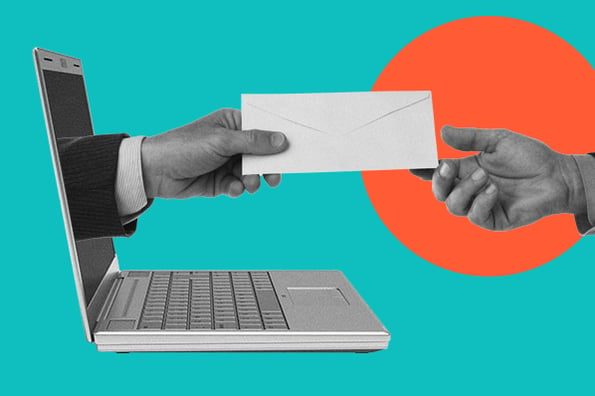
Introducing yourself by email can be awkward and challenging for all of us. Unlike in-person social settings, you can’t rely on tone of voice and body language to strike up a natural conversation. So, how do you even start an email to a stranger? And how do you write one that will get you an actual reply?
Luckily, at HubSpot, we know a lot about writing effective emails. Today, I’m going to teach you how to introduce yourself over email in (almost) any situation.
Table of Contents
- How to Introduce Yourself in an Email
- Email Introduction Examples
- Introduction Email Templates for 12 Workplace Scenarios
How to Introduce Yourself in an Email
- Write a compelling subject line.
- Tailor your email greeting to the industry and situation.
- Personalize your email introduction.
- Provide value for them.
- Explain why you're reaching out.
- Include a call-to-action.
- Say "thanks" and sign off.
- Follow up with them.
1. Write a compelling subject line.
47% of email recipients open an email based on the subject line alone. You need to pique their curiosity so they’ll open the email to learn more. Put a question in the subject line or make a bold statement that they’ll want to explore.
Two other tried-and-true methods? Numbers increase the average open rate by 57%. Personalizing subject lines is powerful, too: Adding someone’s name to the subject line increases the open rate by at least 50%.
Here are some examples of compelling subject lines for introductory emails.
Networking Subject Lines
- “Coffee on me?”
- “Can I buy you lunch?”
- “No such thing as a free lunch (until now?)”
- “Long-time [listener, reader, fan], first-time emailer”
Sales Subject Lines
- “Do you have an online course for [book]?”
- “40% growth in 3 months — wow”
- “Have you considered Pinterest ads?”
- “Hello from [company]”
- “Something you might like…”
- “I’m not the problem [biggest challenge] is”
- Biggest mistake ever
Job Search Subject Lines
- “Curious what working at [company] is like?”
- “Are you looking for a [job title]?”
- “Saw [company's] hiring a [job title]”
“Crafting the perfect introduction email to a prospect is an art form we've refined over the years at Wytlabs. For subject lines, clarity beats cleverness,” advises Director Marc Bishop.
“Be direct about the value you’re offering, such as ‘Quick tip to improve [specific issue] for [company name].’ Crafting a subject line that mentions a mutual connection or a recent achievement by the prospect’s company can instantly warm up your introduction.”
Creating an interesting subject line is the most important aspect of getting a prospect to engage. If it’s something you wouldn’t want to read, chances are, the prospect won’t open it either.
2. Tailor your email greeting to the industry and situation.
It might be one word, but the email greeting you choose makes a difference. For example, if you're emailing someone in a conservative industry, like finance or government, go with the professional email greeting “Dear.”
On the other hand, if you're emailing someone in a more relaxed industry like tech, media, travel, or fashion, use “Hi,” “Hello,” or even “Hey.”
Picking an email greeting they’re familiar with shows you’ve done your research.
Now for the second part of the salutation: their name. I recommend referring to your recipients by their first names. It shows you’ve made an effort not to copy-paste from one message to the next and that you’re taking the time to get to know them.
‘Good morning/afternoon/evening’ are all safe and appropriate options if you’re unsure what to do. Also, if you're addressing multiple people in the same email, consider “Hello, team” or “Hey everyone” if you're emailing three or more people.
Steer clear of “[First name] [Last name],” which sounds stilted and robotic, and "Mr./Mrs./Ms. [Last name]", which can make you seem too young.
3. Personalize your email introduction.
The email intro, or first line, is one of the most important parts of an introduction email. Here's where you establish relevance and give your recipient a reason to keep reading.
Even though your first instinct is probably saying something about you — such as “My name is X, and I'm reaching out because …” — this will quickly cause their eyes to glaze over.
Here are some equally bad first sentences:
- “We've never met, but …”
- “You don't know me, but …”
- “I'm a complete stranger, but …”
Never highlight the fact you’re a stranger — it’s like telling your recipient your email will probably be irrelevant.
Start by mentioning something they’ve accomplished or their credentials — maybe they’re a guest speaker at an event you recently attended, or they’re a top-ranking expert in their field. Personalization boosts reply rates by up to 142% — acknowledging recipients' work up front shows them you did your research and puts them at ease that you’re not a stranger.
HubSpotters loved these openers:
- “I noticed you manage one of the software teams at HubSpot.”
- “Just saw your post at the HubSpot blog about organizing a content calendar in terms of topic clusters.”
- “Have you ever thought about turning your book into an online course? Or creating an online course based on the same topic as your book?”
- “I‘m inspired by the work you’ve done, not to mention your unique career.”
- “I've never learned so much from a single piece of content.”
LinkedIn is an excellent resource for researching your prospects. There you can view their accomplishments, any articles they’ve published, and often a link to their website if they have one. Additionally, you can view any connections you have in common and use that as an entry point.
Personalization can also extend to challenges or pain points. You can lead with something like, “Are you currently facing [insert popular industry challenge]?”
4. Provide value for them.
First rule of email introduction etiquette: Before you ask for anything, you need to provide value. Thanks to the principle of reciprocity, receiving value makes people want to return the favor.
“People care about what you can do for them, not about you (say sorry to your ego). That’s the first mistake in any email,” shares Beth O'Malley, director of Astral Digital, who has sent over 100,000 cold emails in her career. “Be human about it. These are people, after all, too. Use a bit of humor or something that will connect you past the professional part of your email.”
A thoughtful, authentic compliment can provide value, so you don't need to do more if you’ve already said something nice in your first few lines. However, it doesn’t hurt to go a little further. Here are some ideas:
- Review their book on Amazon, Goodreads, etc., and share the link.
- Recommend an article they might find helpful.
- Suggest a useful app or tool.
- Offer to introduce them to someone who they'd benefit from knowing.
- Use data to demonstrate how your product could benefit them.
If you’re selling a product or service, using data to make a case for why the prospect should consider your services doesn't hurt.
What successful outcome do you provide? More traffic? More conversions? Increased engagement? Whatever the benefit, provide proof by including a case study or other data backing up your claims.

5. Explain why you're reaching out.
Now that you have their interest, it’s time to connect the dots.
For example, let’s say you’re hoping to set up a networking meeting so you can learn more about their role (and potentially get a job referral).
If your first line is “You've done an impressive job at [company] building [X strategy] and revamping [Y program],” your second line might be, “I’m considering a career in [person’s field] and would love to buy you coffee so I can learn more about it from an expert.”
Or perhaps your goal is to book a sales call. Your first line might be, “I see you host several campus events per year,” and your second could be, “I work with companies like Facebook and Google to help promote their college recruitment events.”
The key is making your explanation as relevant to your recipient and brief as possible.
“The ideal length is around 100-200 words for an email body,” says Daniel Merrill, founder of sales and marketing for OnCourse CRM.
“Your goal is to respect the prospect's time while providing enough context to spark interest. Use short paragraphs, bullet points, or bold keywords to make the email easier to scan. This ensures your key messages stand out even in a quick read.”
Check out five sales email best practices to ensure you write sales emails that prospects want to read.
6. Include a call-to-action.
The final piece of the puzzle? Your call-to-action (CTA).
“End with a clear call to action,” advises Lyn Collanto, marketing specialist at KBA web. What do you want your prospect to do next? Do you want them to schedule a call with you, visit your website, or reply to your email with more information? Make it easy for them to take the next step.
“By focusing on the benefits you can offer, personalizing your message, and ending with a clear call to action, you can increase your chances of making a great first impression and starting a conversation with your prospect,” says Collanto.
Take a look at these sample call-to-action lines:
- “Would you be willing to comment on the LinkedIn post I wrote? It would be great to have your unique perspective (and hopefully get some discussion going).”
- “If you‘re thinking about how Greener could apply the concepts in the guide, I have some ideas I’d love to share. Here's the link to my calendar: [Link].”
- “Are you open to answering a few questions about your experience working at HubSpot? Happy to chat over the phone or email, whatever's more convenient.”
Try to strike a balance between politeness and confidence. Phrases like, “I know you're busy, but …”, “I'd normally never ask, however …”, “You probably don't have time, so …”, “It would mean the world to me …” and “I'll be forever in your debt if …” make you seem desperate — and suggest your recipient would be massively inconveniencing themselves by saying yes.
Because you’re reaching out to a stranger, your request shouldn’t be excessive or unreasonable. If it is, that’s an entirely separate issue. Don’t hurt your chances of a “yes” by sounding insecure.
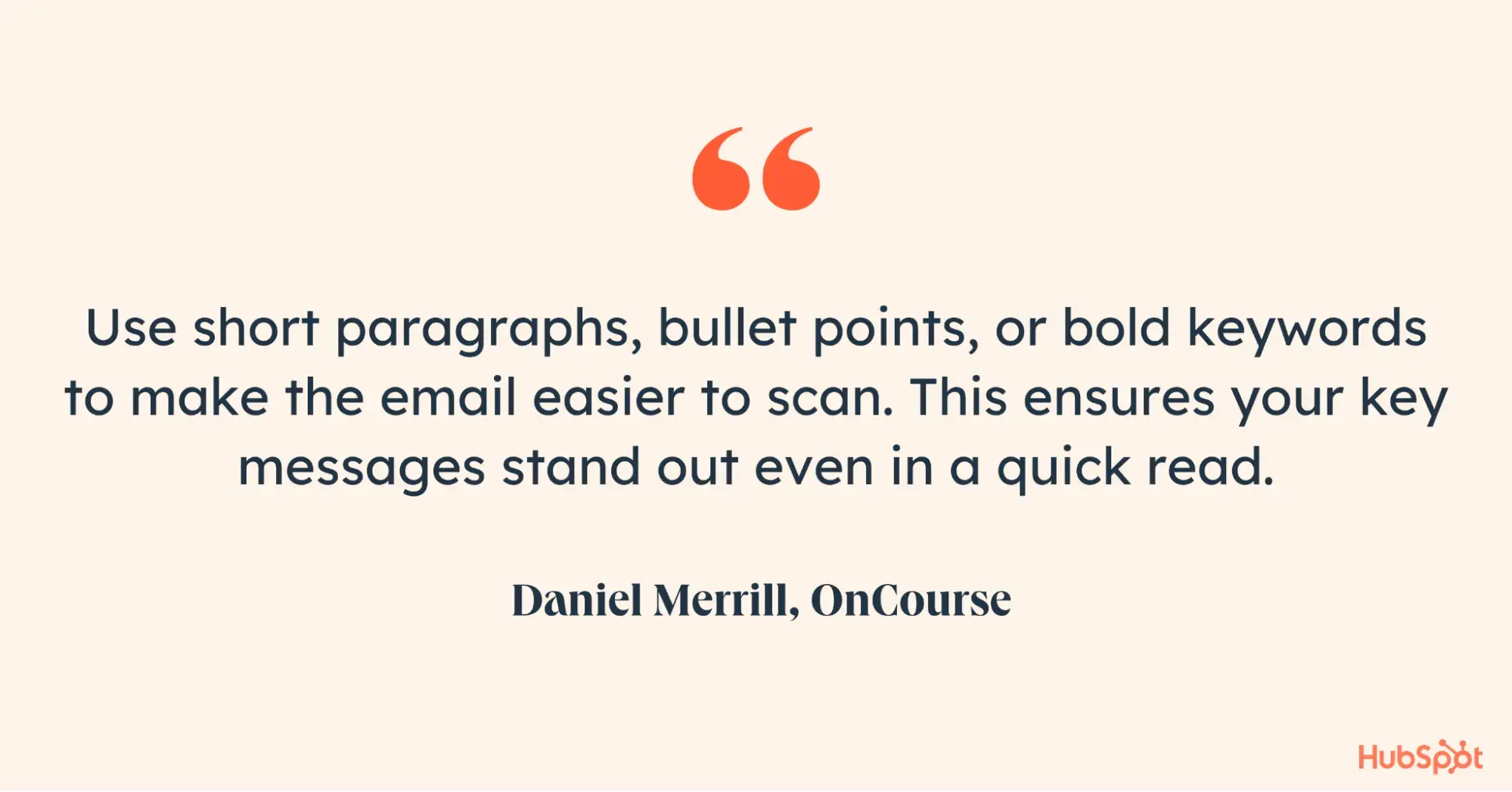
7. Say “thanks” and sign off.
No need to write anything more. The best emails are short, sweet, and concise. After all, extra information or unnecessary details lessen the probability your recipient will read the email — its length will put them off too. You also run the risk of distracting them from what matters.
With that in mind, say “thanks,” “thank you,” or “thanks so much” (depending on the size of your request), and add your name. Looking for more sign-off ideas? Try one of these powerful email closing lines that'll intrigue your recipients and prompt responses.
8. Follow up with them.
If you send this incredible introduction email and the unthinkable happens (i.e., they don’t respond), send a follow-up email they won’t be able to ignore.
Here are a few things to try:
- Send them actionable advice.
- Send a how-to guide and offer to follow up in person.
- Share weaknesses in their business and solutions you've identified.
- Share relevant industry articles/news.
- Respond to a social media message, then follow up with more.
- Reference a blog they wrote and ask a question about it.
- Invite them to an upcoming event.
- Bring up a pain point your buyers face and present a solution.
.webp)
IMG: howto
Our email template tool can greatly enhance the effectiveness of your email communication. With a library of customizable templates and intuitive drag-and-drop editing features, you can quickly create professional-looking introduction emails tailored to different recipients and scenarios. Whether you’re reaching out to prospects, clients, or colleagues, this tool helps to craft compelling emails that capture attention and drive engagement.
Want more tips on great follow-up? Here’s a guide to sending a follow-up email after no response. And if you’re looking for more email tips, check out these less pushy alternatives to saying "as soon as possible.”
Introduction Email Examples
Now that I’ve covered what you should include in your introduction email, let’s see what that looks like in practice. These three cold emails hit the mark with their creative intros.
Example 1
Looking for Direction
Hello Kimberly,
I am writing in hopes of a bit of direction.
MarketBloom helps marketing teams at companies similar to HubSpot optimize their performance on digital channels and quickly understand what does and doesn't resonate with customers.
Using our strategies, customers have increased conversions by as much as 30%.
Feel free to put some time on my calendar here. If there is someone more appropriate at HubSpot I should be speaking with, who could direct me?
All the Best,
Jeff
What I like: This note is simple and to the point. It tells the recipient why the rep reached out and the value they can provide right at the beginning. Additionally, adding a calendar link makes it easy for the recipient to take the next steps.
Example 2

What I like: The author compliments the recipient and shows that she’s read the article, which builds trust and rapport. From there, she moves to her goal — to join their team of writers. She also provides social proof through well-known clients and shows how a partnership could benefit the recipient. This is a great way to get the attention of potential employers or clients.
Example 3

What I like: Andy Sietsema ties Dock’s value proposition to the prospect’s pain points. He also starts the email with the target company’s tagline and includes that in the subject line to draw a connection. Casual phrases such as “lmk if this type of thing” and “content looks nice + feels like a white glove” create a friendly connection.
Introduction Email Templates for 12 Workplace Scenarios
Our email template tool can enhance the effectiveness of your email communication. With a library of customizable templates and intuitive drag-and-drop editing features, you can quickly create professional-looking introduction emails tailored to different recipients and scenarios.
Whether you‘re reaching out to prospects, clients, or colleagues, this tool helps to craft compelling emails that capture attention and drive engagement. Once you have the building blocks, let’s see how each section works together as a full introduction email.
1. How to Introduce Yourself to a Cold Lead
A cold lead is someone you have no prior connection to. Essentially, you need to work hard to compel someone to open your email in the first place and give you a moment’s consideration. The best cold emails aren’t cold in any sense of the word. If you nail your self-introduction, you just might get a response.
Congrats on [Accomplishment]
Hi [Name],
Congrats on [Recent event/accomplishment]! I heard good feedback and want to congratulate your team for your creativity and hard work.
I'm [Your Name] from [Company]. I’ve planned several events throughout my career and know how exhausting and exhilarating it can be. I work with brands to reclaim their time by [list two major benefits/functions].
Our software has helped clients like [Client Name] cut staff planning time by 20%. You can read their story here [Link to Customer Testimonials].
While this event is fresh in your mind, could we chat about how our tools can streamline your processes? I'm available on [Day, Date, Time 1] or [Day, Date, Time 2]. Which one would work best for you?
Best,
[Your Name]
Why I Think This Template Works
The author has taken some time to research a recent accomplishment or event they can comment on, even though they don’t know the contact personally. Next, he keeps his personal details short and sweet and references the contact’s pain points and intangible benefits they can offer. He supports the introduction with social proof and a clear CTA for the next step.
https://www.youtube.com/watch?v=S9KUMwrbQb8
2. How to Introduce Yourself to a Warm Lead
If you have a referral or existing connection with someone, you have a warm lead. Lead with your mutual connection point to stand out from the clutter of that person’s inbox.
Contacting you at [Referral]’s suggestion
Hello [Name],
I was speaking to our mutual colleague [Name] from [Company/Organization] about the work you’re doing [Mention a specific area, product launch or event] and he recommended I reach out.
I’m inspired by the work you’ve done, not to mention your unique career path. I've helped companies like yours easily manage accelerated support tickets, which has contributed toward as much as 40% growth in as few as three months — this case study illustrates how.
If you’re interested in learning how to implement some of these strategies in your team, I’d love to share more. Here's a link to my calendar [Insert link].
Thank you,
[Your Name]
Why I Think This Template Works
The email leads with a mutual connection to distinguish it from a cold email and stays conversational. The author explains the value she can provide with quantitative proof and a relevant case study.
3. How to Introduce Yourself to a New Team
Perhaps you just started a new job or joined a different team, and you need to introduce yourself to a group of people. If you’re the manager, take this moment to set the right tone for your new team. Use this template to create your email introduction.
Hi all,
I'm the new [Position/Role] for the [Team Name]. I wanted to take a moment to say an official hello.
The work you’ve done and the numbers you’ve hit have been key factors in our successful year. And I'm thrilled to work with you more closely over the coming months.
In the future weeks, I’ll be reaching out to everyone so I can meet you all and say hello. Should you have any questions or concerns during this time, don’t hesitate to reach out to me directly — my door's always open.
Looking forward to working with you all.
Thank you,
[Your Name]
Why I Think This Template Works
In the email above, the sender starts things off on the right foot by acknowledging all of the accomplishments and hard work the team has put in. Additionally, she adds how excited she is to work with them and makes it easy for her team to reach out. It’s a simple introduction that sets the tone for the team.
4. How to Introduce Yourself to a New Client
Introducing yourself to a client is easier than a lead since the hard work of landing the contract or landing a new job is behind you. You can share more about yourself than you would in other types of introductory emails. When done well, an email introduction to a client sets the tone for a good working relationship.
Excited to work with you!
Hi [Name],
I’m [Name], your new contact at [Company name]. I’m thrilled to begin collaborating with [Company name] soon! I’m thankful for the chance to work with a company known for [positive attribute like innovation or industry leadership].
Here are three quick things you should know about me:
- I've been in [industry/role] for [number] years, focusing on [specific skills or areas of expertise].
- I'm really into [relevant topic/interest].
- I'm all about [mention a core value or approach that guides your work, such as collaboration or creativity].
Please feel free to reach out to me at [Your Contact Information] for any questions or to discuss our upcoming projects further. I look forward to a successful partnership with [Client's Company Name]!
[Name]
Why I Think This Template Works
This email expresses enthusiasm and respect. It gives some background about the person’s qualifications and relevant experience, and a personal connection point to give them something to chat about next time they talk. The author also brings up values, setting the stage for healthy client management down the road.
5. How to Introduce Yourself to a Potential Client
Reaching new clients isn’t easy– but a little personalization goes a long way.
Hi Kristie,
Love the branding on your website! As an animal-lover, I love that you donate to animal shelters.
I build X (Twitter) audiences that turn into clients for SaaS entrepreneurs.
X is currently an untapped goldmine. I recently helped a SaaS consultant double his revenue in 30 days while growing his audience from scratch.
Would you be opposed to chatting about how I can land more clients for you while growing your X audience?
Thanks,
Why I Think This Template Works
The casual intro and compliment make Kristie Holden feel appreciated and more likely to respond positively. The email also quickly gets to what the sender wants from her, which is great for keeping the reader’s attention. Most importantly, he provides social proof in his email, which is always a great addition.
6. How to Introduce Yourself for a Collaboration
Sometimes you aren’t trying to win new business, but you want to meet a person you admire to explore collaborating. Here’s what that could look like.
Hi Adam,
Want to know how to get featured on SurferSEO, Zapier, and Wordstream?
So pumped that I almost forgot to introduce myself. Hey, Antonio from Hunter here.
You are building quite impressive backlinks, so I am sure we can work together.
Here's a collab idea:
- We’ll share a spreadsheet with all domains (DR70+) where we’ve published guest posts (more than 80 opportunities).
- You choose the ones you‘re interested in, and we’ll share the editors' contact details with you.
- You do the same.
What do you get from this?
- No need for prospecting.
- No need to find the right people to reach out.
- Get websites that allow a few external links.
Are you in?
P.S. Here is an explainer video just in case you have questions.
Thanks,
Antonio
“We didn’t go crazy with personalizing opening lines as we put much effort into targeting the right people,” shared Antonio Gabrić at Hunter, the email author.
“We knew all our prospects were active link builders and guest bloggers. We knew they publish many guest posts, but haven’t published them on the websites we mentioned in the opener.”
Why I Think This Template Works
While the email copy isn't personalized, Gabrić speaks directly to the recipient’s needs and interests by offering a mutually beneficial collaboration. It also provides an explainer video for clarity. All of these elements work together to create a compelling introduction.
7. How to Introduce Yourself to a Hiring Manager or Recruiter
Sure, you might spend hours polishing your resume and cover letter for a job — but do you give the submission email any love before hitting send?
When recruiters sort through applications, you want to do everything you can to stand out. The first step is sending a thoughtful introduction email. Don't write a novel, but do write a friendly and professional “Hello” note.
In the example below, I state the reason for my email, share one sentence explaining why I'd be a good fit for the role, and offer to provide more information upon request.
It's concise and gives my application a little extra shine.
[Your Name] — Candidate for [role]
Hello [Name],
I‘m pleased to share my resume and cover letter for the position of [Position/Role] at [Company name]. I’m confident my background as a [Role/Industry] for [Previous company] has equipped me to succeed in this position, and I'm excited to submit my application.
If I can provide you with any further materials to illustrate my fit for this role, please don't hesitate to reach out.
I appreciate your time.
Regards,
[Your Name]
Why I Think This Template Works
This template shows that the candidate is interested in the role and excited about it. They offer a bit of background about why they would be a good fit and keep the relationship open by offering additional materials.
8. How to Introduce Yourself to an Executive
Getting a response from a CEO or executive is tough. But your introduction can make all the difference. Remember a few things when crafting your email.
First, make your ask gentle and advice-driven. Executives are great with people and usually love helping others. Open your email with a request for information or advice instead of a request to sell.
Another great tip: compose your email to them on your phone. Executives are busy and often check emails while they’re on the go. Compose your email on the phone to ensure you’re providing them with a good reader experience.
And don't forget to put your email signature to work.
Have time for a rebrand geek?
Hello [Name],
I noticed you recently unveiled a shiny, new rebrand for [Company]. It looks fantastic, congratulations!
My name is [Your name], and I’m interested in learning more about what drives executive teams to determine when it’s time to rebrand. Would you have time for a 15-minute phone call to walk me through your decision to rebrand?
Regards,
[Your name]
[Company name]
[Company tagline]
[Website link]
Why I Think This Template Works
This short note explains why the executive is being contacted (for their rebrand expertise) and discloses the time commitment. Asking for a short time frame of 10 to 15 minutes makes it more likely that the executive will say yes to the call.
9. How to Introduce Yourself to a Gatekeeper
Never underestimate the gatekeeper. Set yourself apart by offering to help them before you help yourself. In the example below, the writer provides value to the gatekeeper and explains that they want to “earn” the introduction to the recipient's boss.
Can I make your week easier?
Hi [Name],
I know you likely get a lot of emails from salespeople trying to get through to your boss. I'm no different — except that I want to earn the right to be passed along to [Name].
My name is [Name], and I help companies like yours decrease hiring time by up to 25%. So, that marketing coordinator your team is currently hiring? I can get a top candidate in that role faster.
Have I earned a few minutes with [Name]? If so, feel free to book time on my calendar, here: [Insert calendar link]
If not, I've got more up my sleeve.
Regards,
[Your Name]
Why I Think This Template Works
Rather than simply asking to speak to the recipient’s boss, the writer opts to provide value first. How? By offering to decrease their hiring time and offering a top candidate for their open marketing role. It puts the ball in the recipient’s court. If he likes the candidate and finds value in the offer, they can make the introduction. If not, they can move along without commitment.
10. How to Introduce Yourself Professionally
The email you send to a former colleague making an introduction on a contact’s behalf has a different tone than an email sent to a LinkedIn connection you’re hoping to convert into a customer.
When sending an introductory email to a professional contact (such as a LinkedIn connection), you want to ensure you state how you’re connected and why you’re contacting them. As you approach a new contact, keep your email concise so they can quickly decide if and how to respond. You’ll want to provide just enough information to prompt the next steps.
For example, if you want to reach out to someone you're familiar with from LinkedIn, here’s a seamless introduction.
Love your LinkedIn content
Hi [Name],
My name is [Name], and I’m a sales enablement specialist at [Company]. I have loved following the insightful pieces you share on LinkedIn. Since we connected last summer, I have implemented several of the strategies you’ve shared through your content and have seen excellent results.
Our company has recently conducted ground-breaking sales enablement research that could be an excellent addition to your content. Do you have time to hop on a brief call next week to discuss?
Regards,
[Your Name]
Why I Think This Template Works
The sender quickly explains how they met the recipient and acknowledges they’ve been following their work via LinkedIn. They also explain how they’ve gotten value from strategies shared. The knowledge of the recipient’s expertise helps to make the pitch to collaborate on content seamless.
11. How to Re-introduce Yourself
When sending a casual email to a previous contact you're getting back in touch with or for an informational meeting, your message can be more casual. Here’s an example:
Connecting brilliant minds
Hi [Name],
I hope your new position with [Company] is treating you well! You are surely missed on our team.
I would like to introduce you to [Name], the new account manager who backfilled your role. [They/He/She] are interested in pursuing the sales enablement specialist certification program you completed last year.
I’ve copied [Name] on this email so you can connect and discuss the program. You two can take it from here.
Regards,
[Your Name]
Why I Think This Template Works
Since the sender and recipient already know each other, this introduction takes a more casual tone. It’s concise and lines up an ask — the writer wants to connect his old contact with someone for advice. Just like an earlier example, the sender copies the appropriate contact so that they can connect.
12. How to Introduce Someone via Email
We have reviewed many ways and scenarios in which to introduce yourself, but what if you have to introduce someone else?
Let’s say you have a contact who would benefit from connecting with a friend or colleague of yours. Well, use this template to introduce them via email. Include reasoning for the introduction and make sure the connection will be valuable for both individuals. “By way of introduction” is a phrase you can use when introducing a new person.
By Way of Introduction
"By way of introduction" is a common phrase just as commonly misused. When introducing a new topic, person, or idea, you would say, "By way of introduction ..." and include examples or anecdotes to give your new subject context. For example, "Our next guest will be Aja Frost. By way of introduction, I'd like to share a few of Aja's accomplishments with you."
Introduction — Kelly Davis and Rob Cortez
Hi [Name],
By way of introduction, meet [Name], a [Position/Role] for our top-performing, mid-market [Team/Organization]. She previously managed sales operations at a tech startup, [Company name], and has insight into new sales ops technology. She’s interested in our sales operations and would love to learn more.
[Name] is a [Position/Role] on the sales [Team name], and she’s reviewing the tools and software the team’s using for the next year.
I‘ve copied [Name] on this email so you can connect about sales operations and technology — and I’ll let you two take it from here.
Best,
[Name]
Why I Think This Template Works
This template works because it succinctly explains the reasoning for the introduction, giving a bit of background on what each person specializes in. It then makes it easy for the two to connect by copying the contact on the email.
Send Introductions Prospects Can't Ignore
Introducing yourself by email isn’t rocket science, but it can be tricky to find the right words when you’re staring at a blank email message. Follow these email principles and templates for the best chance of a genuine connection.
![Download Now: 25 Sales Email Templates [Free Access]](https://no-cache.hubspot.com/cta/default/53/be67aa79-8dbe-4938-8256-fdf195247a9c.png)
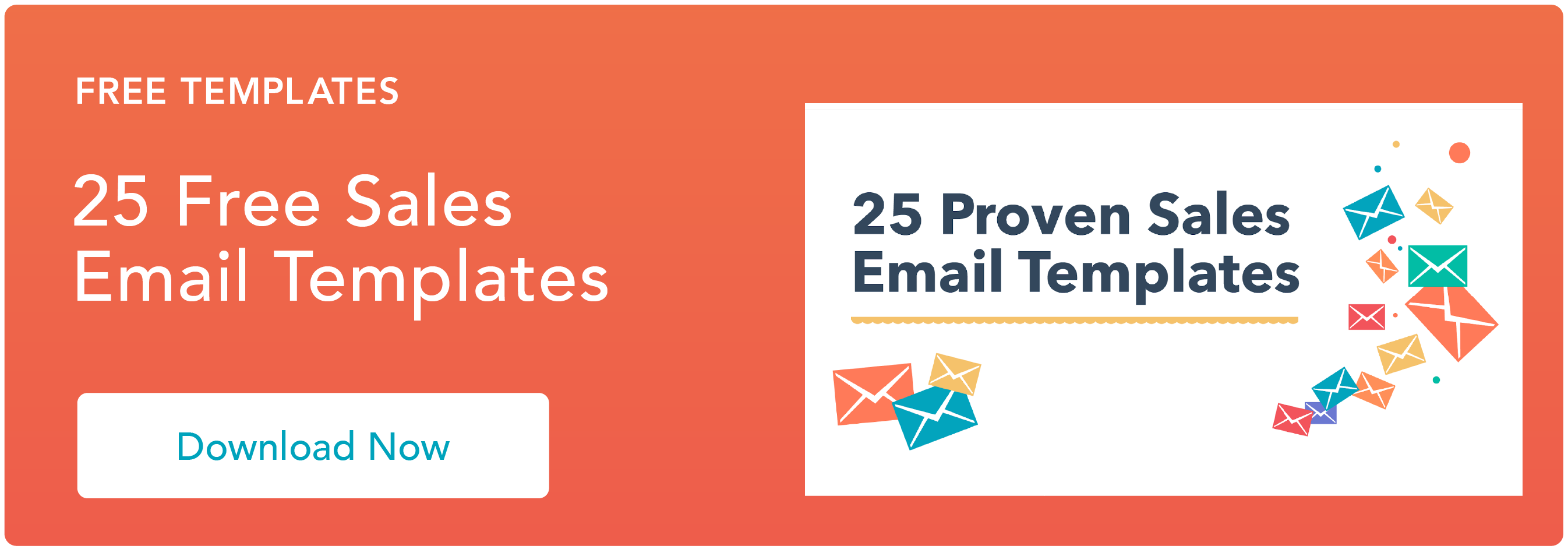


![23 Sales Email Templates With 60% or Higher Open Rates [+ Bonus Templates]](https://blog.hubspot.com/hubfs/sales-email-templates-2.jpg)

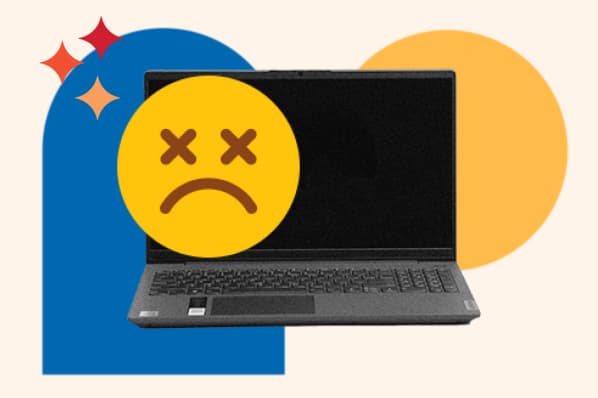

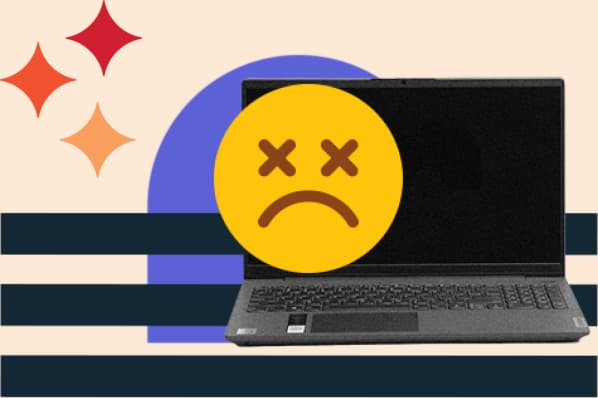

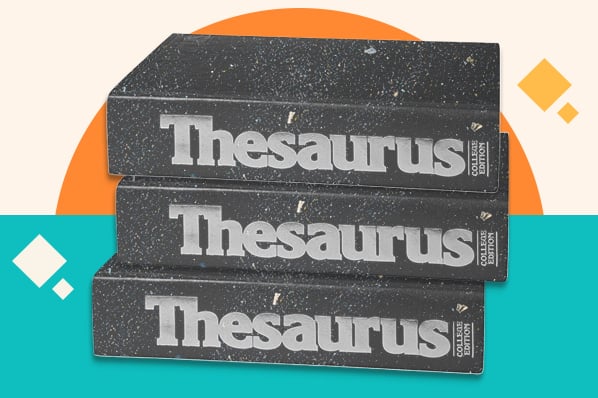
![How & When to Use an AI Email Assistant [+Tools to Consider]](https://blog.hubspot.com/hubfs/ai-email-assistant%20%281%29.png)